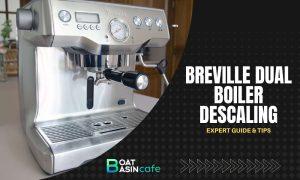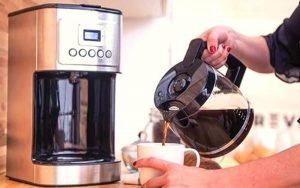
Guide to Pour-Over Coffee: Perfect Ratios & Tips
Master pour-over coffee with the universally recommended 1:15 ratio – perfect for beginners seeking a balanced, flavorful brew. Simple, effective, and a great starting point for coffee enthusiasts!

Master pour-over coffee with the universally recommended 1:15 ratio – perfect for beginners seeking a balanced, flavorful brew. Simple, effective, and a great starting point for coffee enthusiasts!

If you’re a coffee enthusiast with a Breville Dual Boiler espresso machine, then you understand the distinct influence of the machine’s quality and maintenance on

Cold brew coffee has recently emerged as a refreshing alternative to hot coffee, growing immensely popular due to its unique flavors and refreshing features. With

Is your Keurig not descaling as expected? Explore troubleshooting tips, step-by-step descaling methods, and essential maintenance practices to ensure a pristine coffee experience. Get your Keurig running flawlessly in no time.

Hello fellow coffee enthusiasts! I’m John Bird, your go-to guy for everything coffee-related. My passion and expertise stem back to the Boat Basin Café Downtown

If you’re a die-hard coffee enthusiast like me, John Bird, your coffee maker is surely one of your dearest assets. Over the years of serving

The descale light on your Keurig coffee maker is an essential reminder that it’s time to give your beloved machine some much-needed maintenance. Descaling is

If you own a Cuisinart Keurig coffee maker, you know how great it is to be able to make a delicious cup of coffee with

We all love our hot coffee, but when the weather heats up, it’s time for a cooler alternative. In this guide, we’ll teach you how

As a veteran in the coffee industry for over 20 years, I have come to appreciate the importance of a well-balanced cup of coffee. A